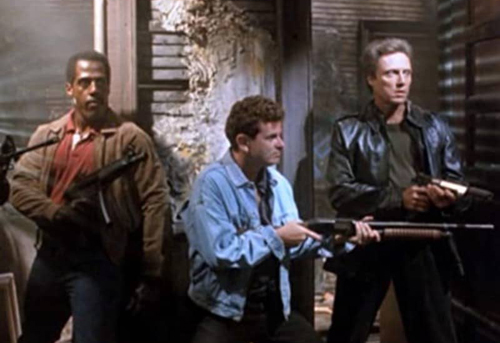
 Maternal instinct proves fertile ground for horror in Laura Moss’ Birth/Rebirth. On one hand, a socially awkward pathologist (Marin Ireland) goes to strange lengths to conceive, for even stranger reasons. On the other, a nurse at her hospital (Judy Reyes) has a 6-year-old daughter until, suddenly, she doesn’t. Even more stranger circumstances bring the women together — in a twisted approximation of the modern family.
Maternal instinct proves fertile ground for horror in Laura Moss’ Birth/Rebirth. On one hand, a socially awkward pathologist (Marin Ireland) goes to strange lengths to conceive, for even stranger reasons. On the other, a nurse at her hospital (Judy Reyes) has a 6-year-old daughter until, suddenly, she doesn’t. Even more stranger circumstances bring the women together — in a twisted approximation of the modern family.
The blinder you are going in to Birth/Rebirth, the better it plays. Let’s just call it a dead-serious take on Mary Shelley’s Frankenstein, surrounding an ongoing experiment into cellular regeneration using fetal pig tissue. Fresh from this summer’s The Boogeyman, Ireland is an actress I’ll watch in anything, so that she excels with chameleon-like skills as the film’s Victor Frankenstein analogue is practically predestined.
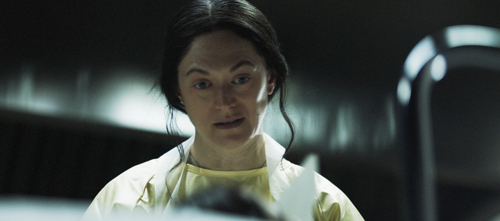
Other than an unmannered performance from 8-year-old newcomer A.J. Lister, the real revelation is Reyes (2022’s Smile). Best known for nursing duties on eight seasons of the TV sitcom Scrubs, she not only scores equal billing as a co-lead, but emerges as Ireland’s equal, seizing the opportunity she’s rarely afforded. Reyes is terrific as the mother so stuck in the initial phase of grief, she soon submits to requests of Ireland’s morgue-dwelling “mad scientist princess bitch” after initially finding them so repulsive.
Although the ending is abrupt, Birth/Rebirth is absorbing for the whole and a near-stunning directorial debut for Moss (wonderfully notorious for their 2016 trilogy of Porn Without Sex shorts), operating with appropriately cold, clinical precision. Multiple scenes would cause David Cronenberg great delight and mainstream audiences great distress. You know where you fall. —Rod Lott


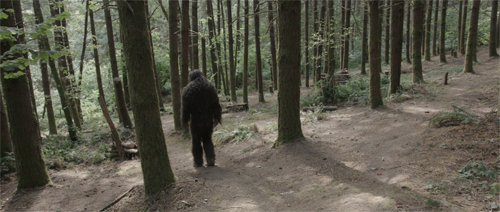
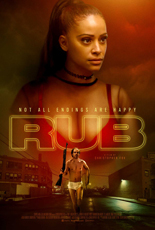
 Seeking human connection, the balding, bullied Neal finds it in the hands of Perla, a sex worker. She plies her trade at the kind of massage parlor one speaks of with air quotes.
Seeking human connection, the balding, bullied Neal finds it in the hands of Perla, a sex worker. She plies her trade at the kind of massage parlor one speaks of with air quotes. 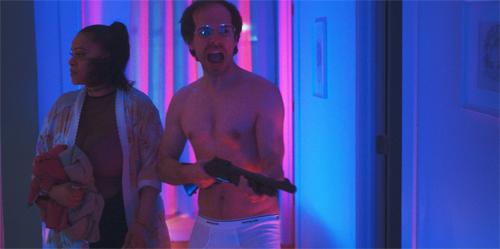


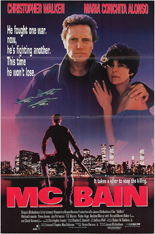
 Not based on the action-film character from
Not based on the action-film character from 